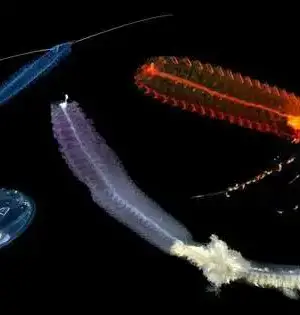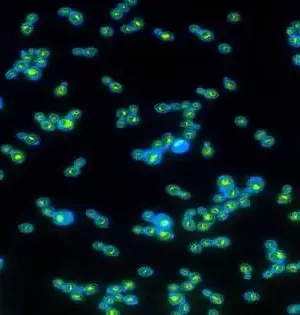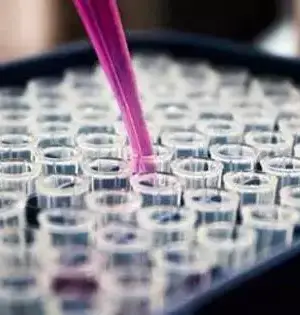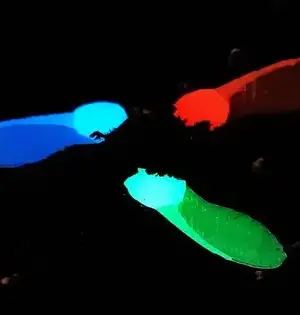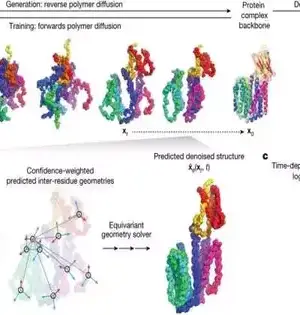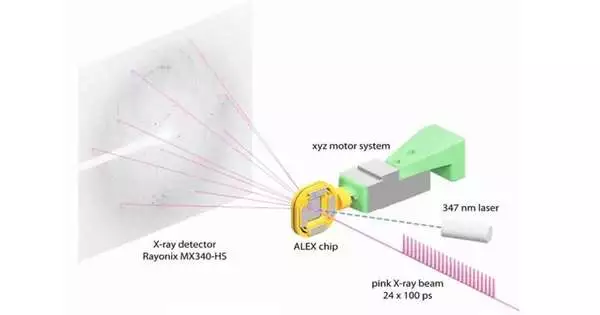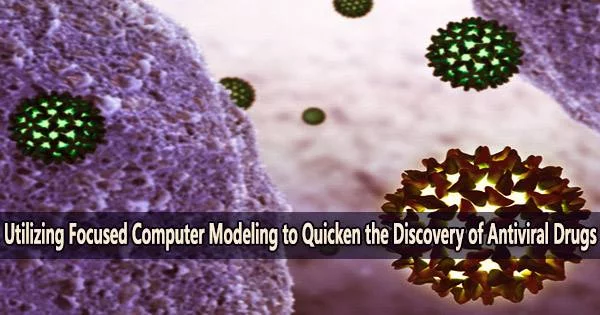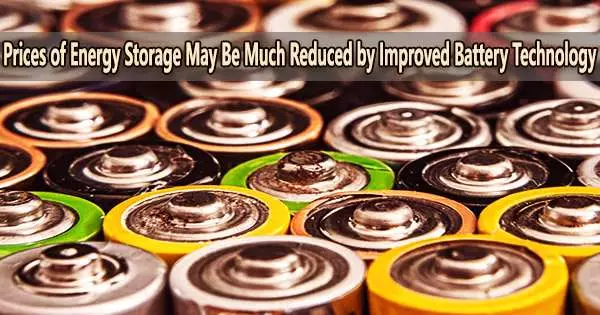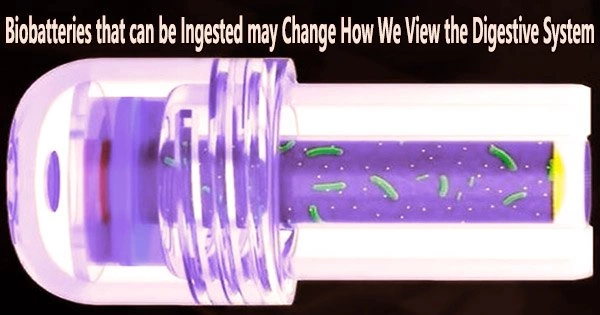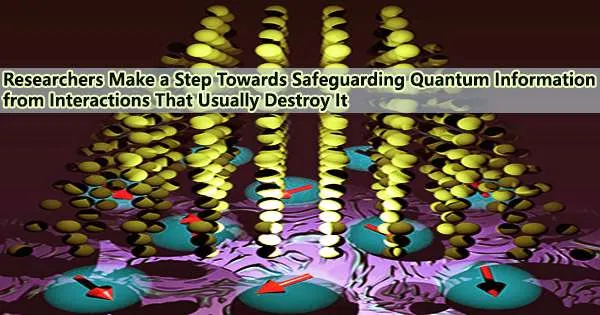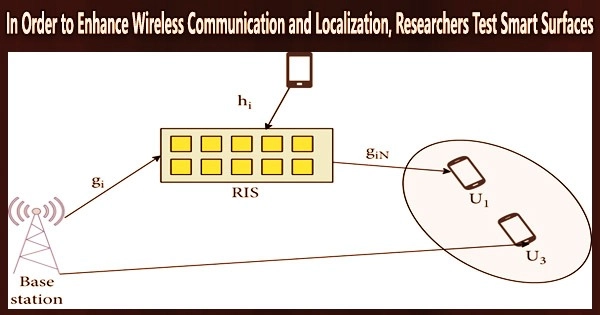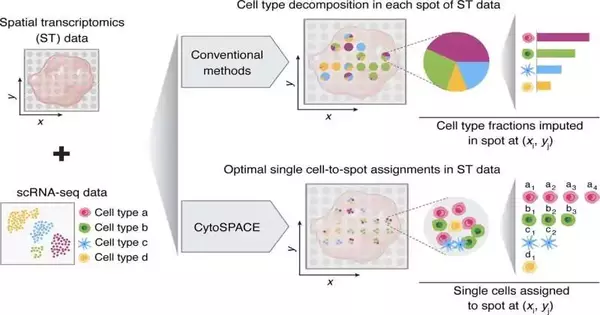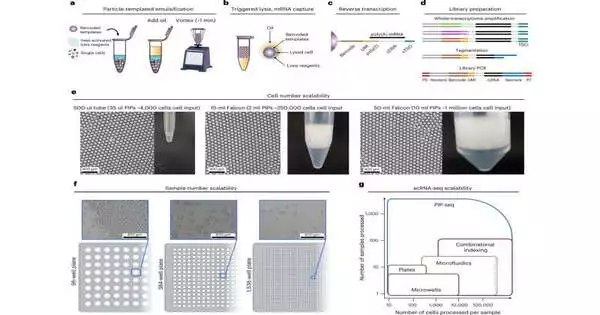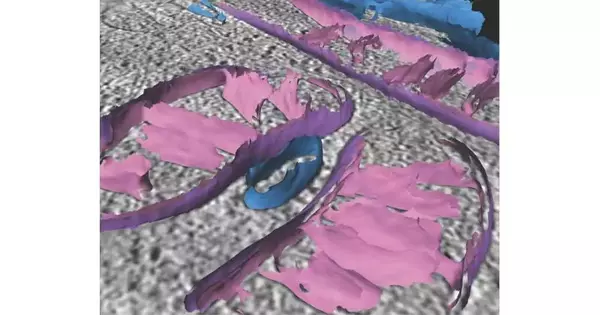When Eadweard Muybridge created the images that would later become motion pictures, his electrifying photographs of a galloping horse lit up the world. A recent upgrade to one of the most potent hard X-ray light sources in the world could make it easier for scientists to make molecular movies. These may open the door to new pharmaceuticals and treatments by revealing the secrets of various chemicals. When attempting to reconstruct the molecular structure of proteins, researchers typically employ various forms of the method known as crystallography. A new technique known as serial crystallography, which was previously developed at X-ray free-electron
Biotechnology
There is an urgent need for effective medications against viral illnesses like COVID-19 today and in the future. The advent of viral mutations and undiscovered viruses may test the boundaries of vaccinations. DZIF scientist and bioinformatician Andreas Dräger from the University of Tübingen is working on a computer-based method that can help to accelerate the time-consuming identification and development of antiviral agents. The research group led by Dräger has now developed a model to identify additional host cell targets that permit suppressing SARS-CoV-2 replication. This model uses a novel analysis technique that is applicable to any virus and host cell
The cost of converting to a decarbonized economy is expected to be significantly reduced thanks to a new, low-cost battery that is four times as energy-dense as lithium-ion batteries and is produced at a much lower cost, according to an international team of researchers. The battery was developed under the direction of Dr. Shenlong Zhao from the University's School of Chemical and Biomolecular Engineering using sodium-sulphur, a type of molten salt that can be processed from sea water and is significantly less expensive to produce than lithium-ion. Sodium-sulfur (Na-S) batteries have been around for more than 50 years, but despite
Cell phones, smart watches, iPads, and countless more devices that operate outside the body have all been created by IT corporations. Inside the body, though? That's obviously trickier for several reasons, but power for a device is a big one. A solution has been developed by biobattery researchers at Binghamton University, State University of New York, for the small intestine, which is difficult to access and wraps around the human gut for an average of 22 feet. “There are some regions in the small intestine that are not reachable, and that is why ingestible cameras have been developed to solve
Researchers can now predict the behavior of many-body quantum systems related to their surroundings. In order for quantum technology to be used in practical settings, it is essential to find a means to secure quantum information in quantum devices. Researchers from IAS Tsinghua University in China and Aalto University in Finland describe a novel method for forecasting the behavior of quantum systems, such as groups of particles, when they are connected to the outside world in a work that was published in Physical Review Letters. Connecting a system, such a quantum computer, to its surroundings typically causes leaks and decoherence,
Another review published in Nature reports that an innovation known as spatial omics can be utilized to simultaneously plan the way in which qualities are turned here and there and how they are communicated in various areas of tissues and organs. This superior innovation, created by scientists at Yale College and Karolinska Institutet, could reveal insight into the improvement of tissues as well as on specific infections and how to treat them. Practically all phones in the body have a similar arrangement of qualities and can, on a basic level, become any sort of cell. What recognizes the cells is
Anyone with a cell phone has experienced dropped calls or dead air due to an unexpected loss of service. Or worse, the location pin drops on the navigation app. Researchers at UBC Okanagan are investigating “smart” surfaces that can bounce signals from a tower to customers to improve the link in order to find ways to increase cell phone connectivity and localization capabilities. Using reflecting materials on windows or panels on buildings in crowded metropolitan areas creates a smart surface. The goal, says Dr. Anas Chaaban, is to improve wireless services for millions of Canadians. Currently, he says, there are
Stanford College scientists have fostered a computational strategy for distinguishing where cells are arranged in an example while capturing spatial transcriptomics. The technique uses information from spatial records and a reference single-cell RNA chart book to demonstrate yields. The subsequent models can be utilized to see cell bases, distinguish colocalization designs, and investigate differential articulation inside a cell type by area. The new strategy — cell spatial situating examination through forced articulation (CytoSPACE)—has been published in the journal Nature Biotechnology. The content needed to run the calculation has been made openly accessible through GitHub. Clinical exploration is exceptionally keen on
Another single-cell epitome, lysis, and barcoding technique for cDNA is quicker and requires less gear, equipment, cost, and ability. It has been demonstrated to be viable and adaptable with any size compartment, from 500 L microcentrifuge cylinders to 50 mL tapered cylinders, and works with 96-, 384-, or 1,536-well microtiter plates, too. In their paper, "Sans microfluidics: single-cell genomics with templated emulsification," distributed in Nature Biotechnology, the specialists gauge that 3,500 cells can be barcoded with 35 l of hydrogel layouts in a 500-l tube, 225,000 cells with 2 ml of layouts in a 15-ml cone-shaped cylinder, and 1 million
A high-level imaging-based strategy from researchers at Scripps Exploration offers a better approach for examining mitochondria. In their report on February 14, 2023, in the Diary of Cell Science, the researchers portrayed a bunch of methods that empower the imaging and evaluation of even unobtrusive underlying changes inside mitochondria and the connection of those changes with different cycles progressing in cells. Mitochondria are involved in energy creation and additionally in a few other basic cell capabilities, including cell division and cell-saving reactions to different sorts of pressure. Mitochondrial dysfunctions have been seen in a large group of illnesses, including Alzheimer's,

